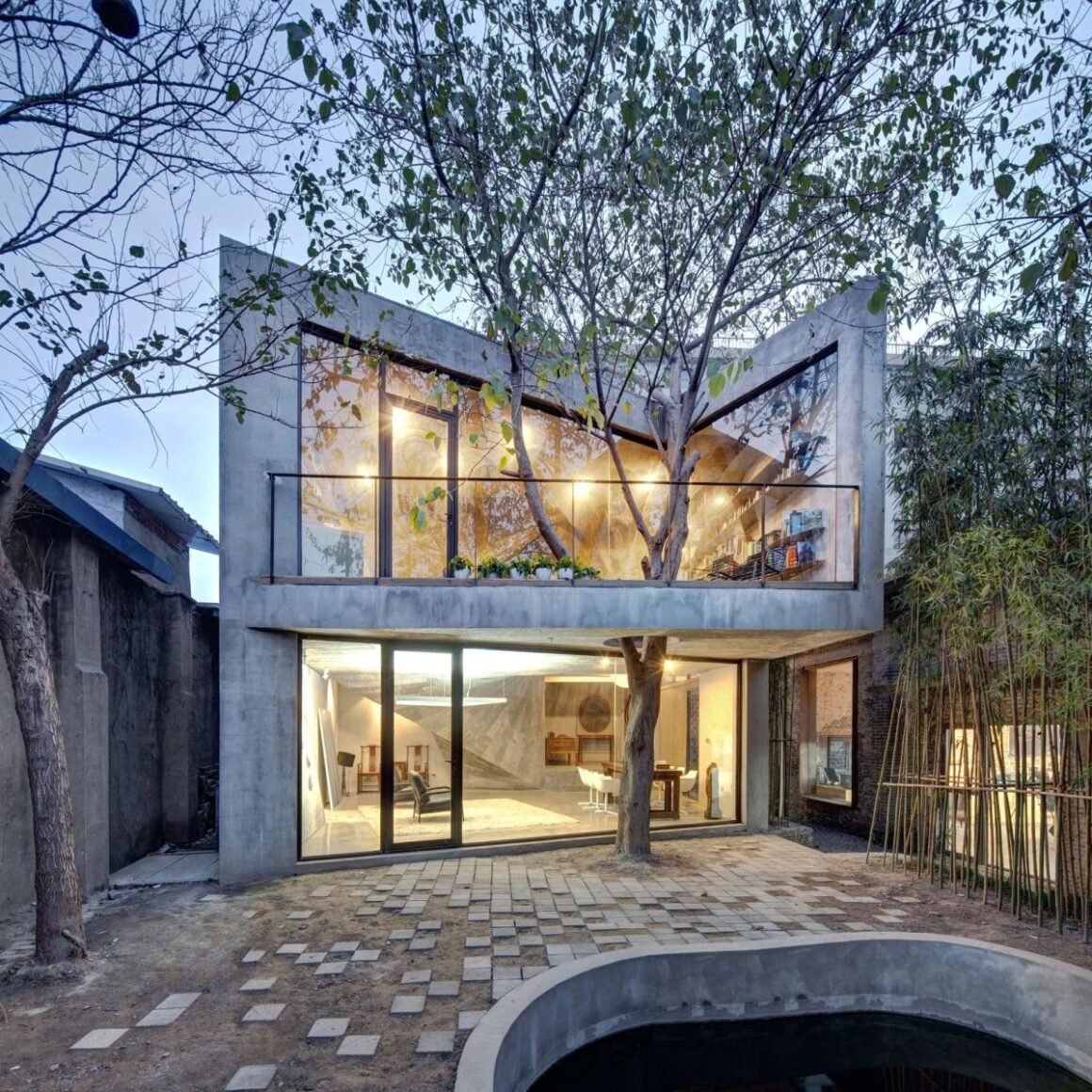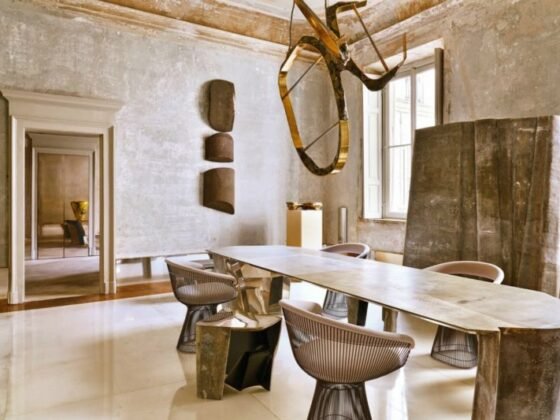After the lockdown and spending couple of years at home, the quality of our lives has become determined by the homes we live in. The practicality, visual aesthetics and comfort level of the spaces took on a completely different meaning.

When it comes to the physical environment, nature is of great importance. This is our natural need. The history tells that humans evolved by adapting to the natural world. We have become biologically encoded and linked to natural processes. It is believed that this need is and will remain crucial for people’s physical and mental health also well-being in general.
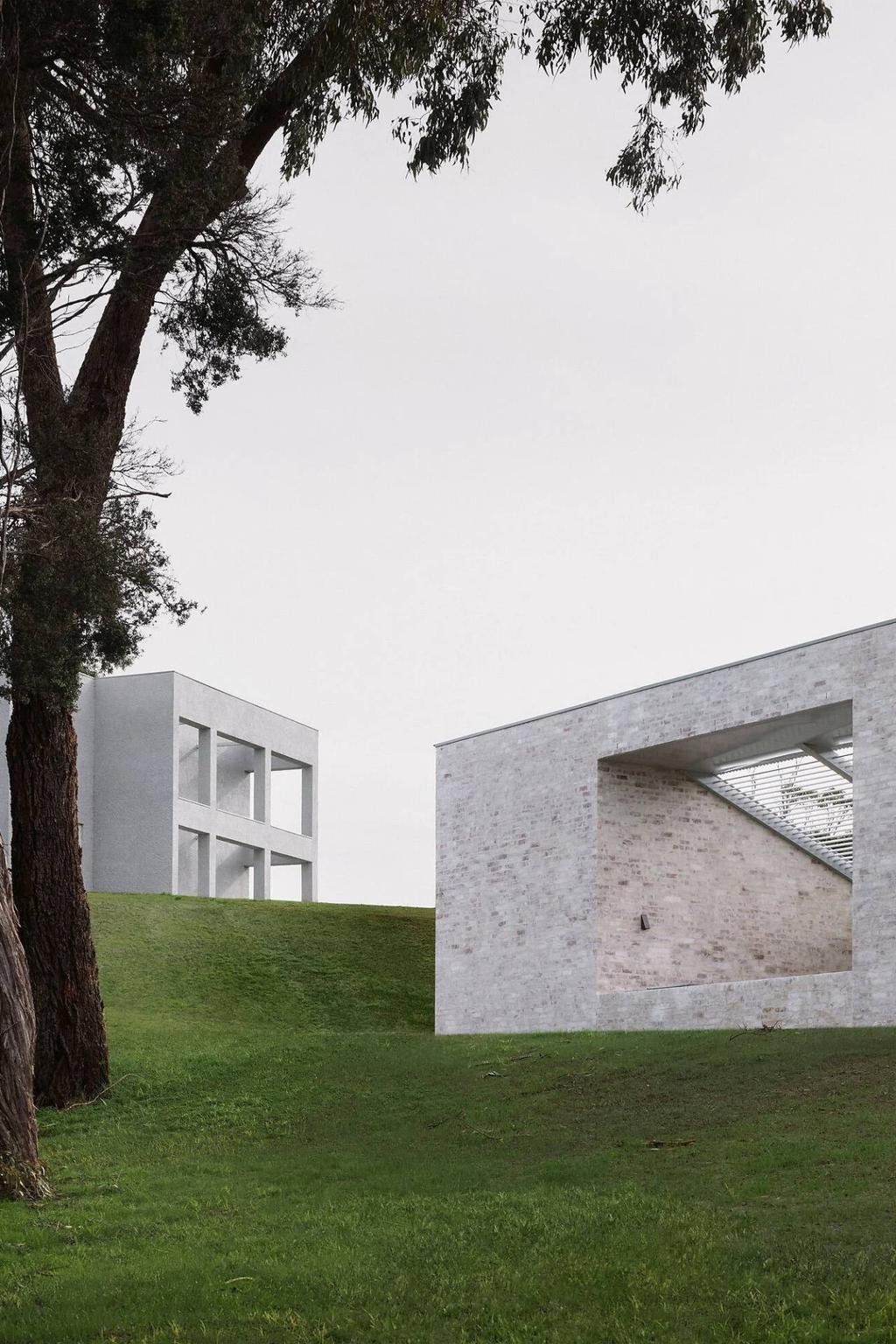
People appreciate the connection with nature and even if there is no possibility to establish a house surrounded by nature, they “bring” nature into the house with the help of biophilic design. In such buildings in the city centres, people and nature are subtly combined.
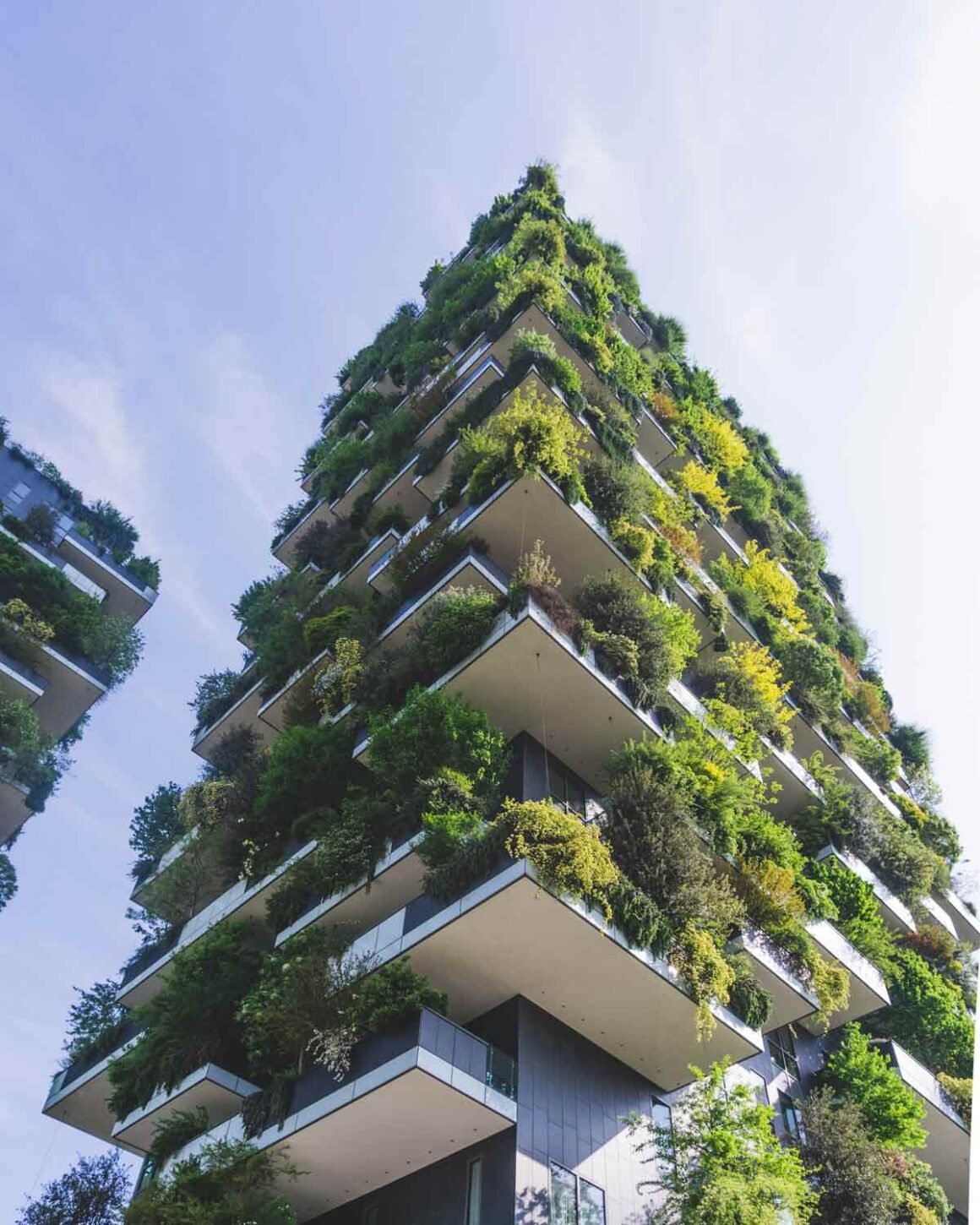
Biophilic design seeks to satisfy our innate need to feel the nature in modern buildings and cities. Thus, the main goal of biophilic design is to create a good home for humans as biological organisms living in modern structures, landscapes and communities.

When being in nature, we have a natural curiosity that is very evident in children behaviour – we discover natural spaces that offer protection, mystery and excitement. For example, research shows that people prefer natural daylight, it has a positive effect on the psyche – we get sick less, we are more focused and productive.
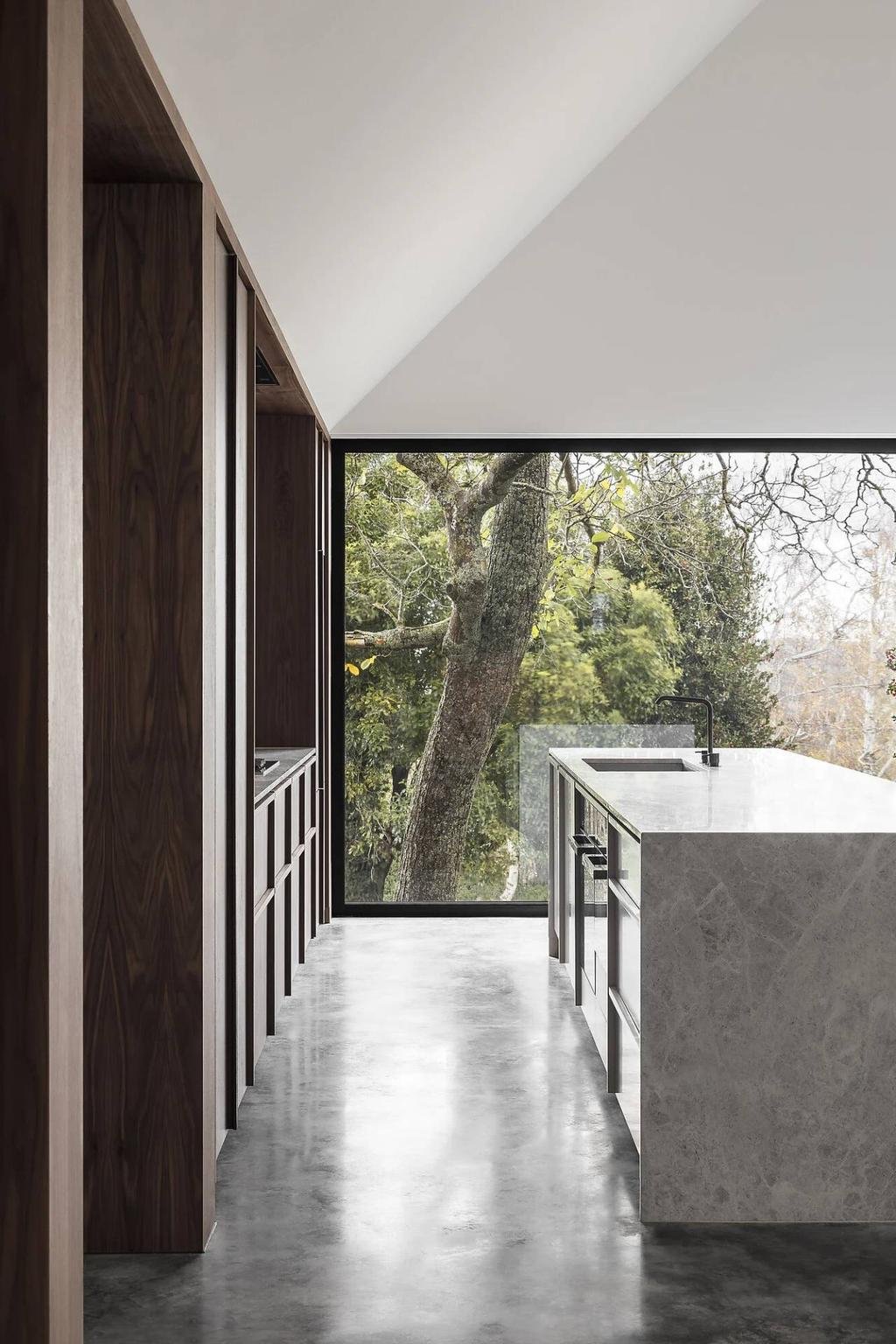
At home, we can have our sense of well-being by blurring the lines between inside and outside and incorporating nature through natural patterns and materials. Nature calms us mentally, and by the way, biophilic design does the same. It has been shown to reduce stress and mental fatigue.

Despite the direct benefits of nature’s impact on health, no one will deny that the beauty of nature is an irreplaceable “accessory” and home decoration – both exterior and interior.
